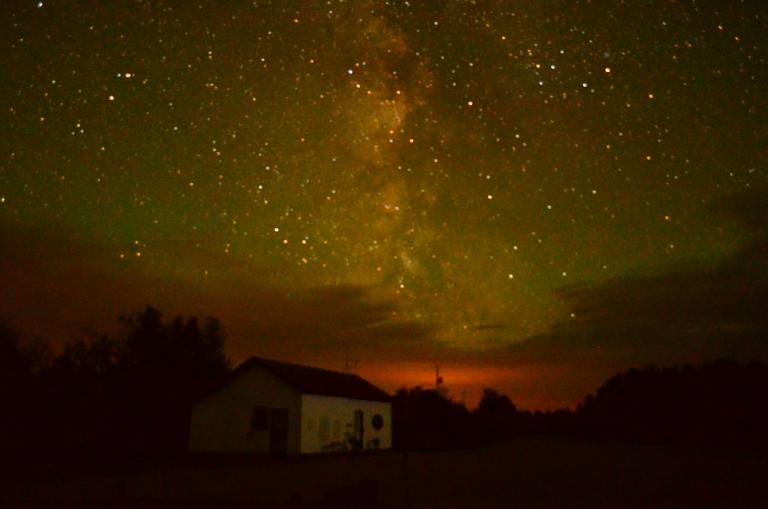
Some time ago, I read Erasing Death: The Science That is Rewriting the Boundaries Between Life and Death (2013), by the Anglo-American specialist on cardiac-arrest resuscitation Sam Parnia, M.D., Ph.D. A former fellow in critical care medicine at the Weill Cornell Medical Center in New York City, he was, at the time he wrote this book, an assistant professor of critical care medicine at the State University of New York and its director of resuscitation research.
Here are a couple of passages that I marked in the book. The first of them concerns consciousness:
Broadly speaking, there are essentially two ways to account for its existence. Consciousness owes its existence to either a “down up” phenomenon, which essentially means our consciousness, psyche, or soul is a by-product of brain cell activity — an epiphenomenon — arising from the coordinated activities of certain brain segments, or a “top down” approach that considers consciousness, psyche, and the soul to be a separate entity that, while undiscovered by science today, is not produced by brain cells and can itself independently modulate brain activity. (282)
The second regards near-death experiences (or, as Dr. Parnia terms them, actual-death experiences):
Interestingly, what complicates our ability to explain these experiences using current scientific models is that, in general, after people have entered the gray zone beyond death, brain function ceases almost immediately as the cells start to undergo their own process of death (even if they have not yet reached that absolute point of irreversibility). Thus, these experiences appear to be somewhat of a scientific paradox, and they raise questions regarding how people could have lucid, well-structured thought processes with memories and recollections during this period without a functioning brain. In short, if one adopts the bottom-up model of consciousness, psyche, and soul, then cognitive and mental events should not be possible at this time without a functioning brain, unless what we are dealing with is either a top-down model of consciousness or some other undiscovered process or an error of timing related to the experiences. Furthermore, another question arises: What does the suggestion that memories may be formed at a time when there is no function in the brain tell us about the nature of memory and its relationship with the brain? That is, what does it tell us about memory and the role of electrical impulses that normally arise from the brain and are considered the hallmark of communications within different brain regions? Does the brain resemble the hard drive on a computer, which actually stores memories in itself, or is it more like the RAM, which, though required to perform tasks and functions, does not store memories in and of itself? If the brain is the hard drive for our memories, how then can memories be generated and stored when the brain is not functioning and there is no electrical activity? On the other hand, if the brain is more like the RAM on a computer, does that mean that memories can be stored in our consciousness, psyche, or soul even in the absence of brain function, and is this maybe what is happening during an actual-death experience? (283-284)
The third issues a challenge:
Finally, if the mind — consciousness (or soul) — can continue to exist and function when the brain does not function after death, then it raises the possibility that it may be a separate undiscovered scientific entity that is not produced through the brain’s usual electrical or chemical processes, as we understand them based on today’s understanding of neuroscience. If further confirmed, this calls for a new paradigm in neuroscience to address the issue. It requires an objective and scientific approach to understanding the nature of human consciousness or soul. (292)











